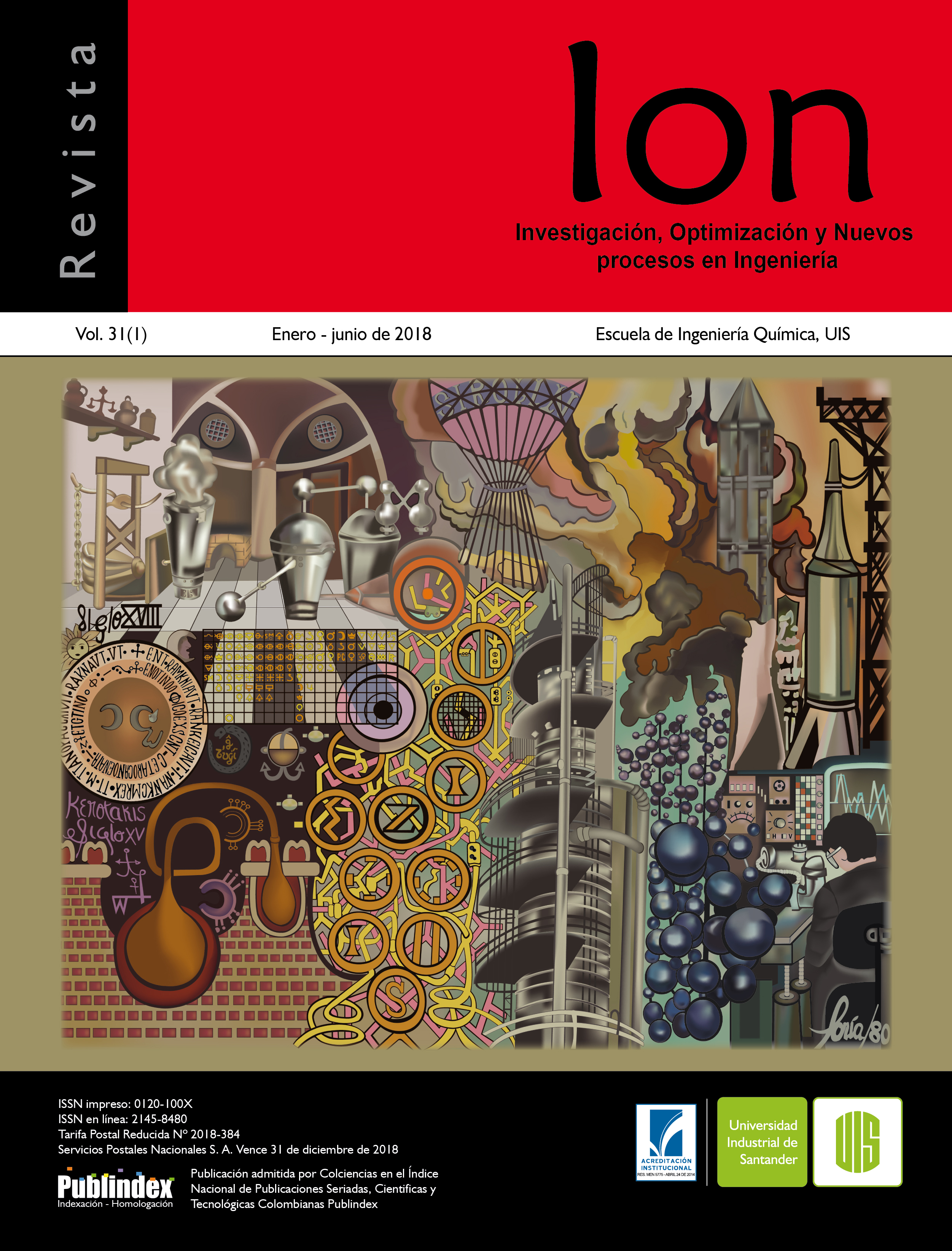Physicochemical characterization of cereal and starch of Quinoa Chenopodium quinoa
Published 2018-09-28
Keywords
- cereal,
- starch,
- physicochemical characterization,
- particle size
How to Cite
Abstract
Quinoa is an Andean plant of the Chenopodiacea family of the genus Chenopodium; it is the only vegetable food that has all the essential amino acids, trace elements, vitamins and does not contain gluten; it is used in the formulation of foods and soaps. The objective of this research was to physicochemically characterize the quinoa cereal and starch Chenopodium quinoa, to be evaluated as raw material in the manufacture of new products. The cereal and quinoa starch were characterized physicochemically taking into account the parameters of water activity, color, humidity percentages, protein and particle size, according to established norms. In the results it was obtained that the quinoa cereal has low content in the percentage of humidity (6,776 ± 0,072), pH (6,323 ± 0,005), percentage of protein (13,270 ± 0,109), gray-yellowish color and particle size (2 mm); while the quinoa starch had higher moisture content (9,529 ± 0,266) and pH (8,403 ± 0,005), compared to the cereal. The physicochemical characterization of cereal and starch allows generating an alternative use to this plant material.
Downloads
References
[2]. Ruales J, Nair B. Quinoa (Chenopodium quinoa Willd) an important Andean food crop. Arch. Latinoamer. Nutr. 1992;42:232–41.
[3] Arzapalo D, Huamán K, Quispe M, Espinoza C. Extracción y caracterización del almidón de tres variedades de quinua (Chenopodium quinoa Willd) negra collana, pasankalla roja y blanca junín. Rev. Soc. Quím. 2015;81(1):44-54.
[4] Official Methods of Analysis Association of Official Analytical Chemists. A.O.A.C. USA; 2005.
[5] Norma TAPPI 211. Technical association of the pulp and paper industry. TAPPI test methods. USA; 1998.
[6] Norma ASTM C 136. Standard Test Method for Sieve Analysis of Fine and Coarse Aggregates. El Salvador; 2017.
[7] Dizes J, Bonifacio A. Estudio en microscopia electrónica de la morfología de los organos de la quinoa (chenopodium quinoa willd) y de la cañihua (chenopodium pallidicaule aellen) en relación con la resistencia a la sequía. Bolivia: ORSTOM;1992.
[8] Dumar V, Agurre J, Alzate E. Determinación de las propiedades térmicas y composicionales de la harina y el almidón del chachafruto (erytina edulis triana ex micheli). Temas Agrarios. 2012;18(2):21-35.
[9] Coral DF. Caracterización térmica de biopolímeros derivados del maíz: almidón. Universidad Nacional de Colombia; 2007.

